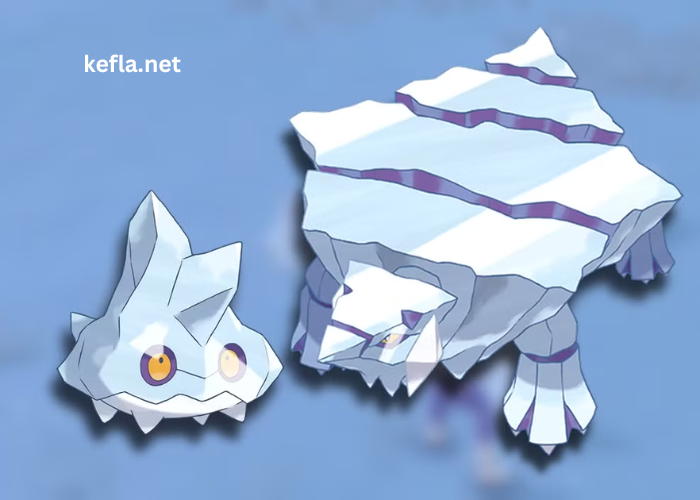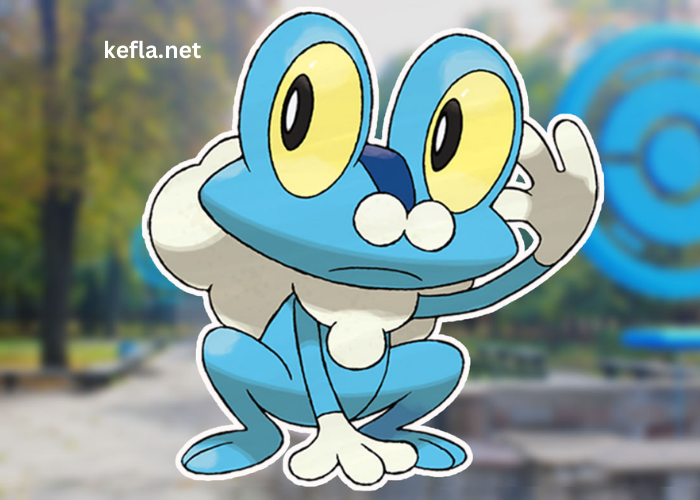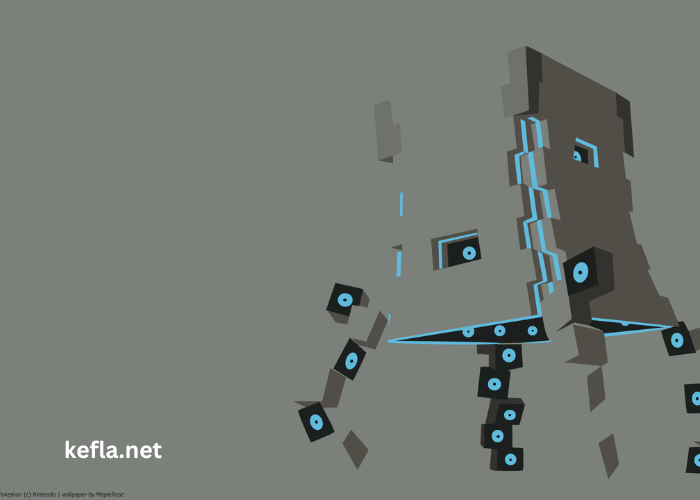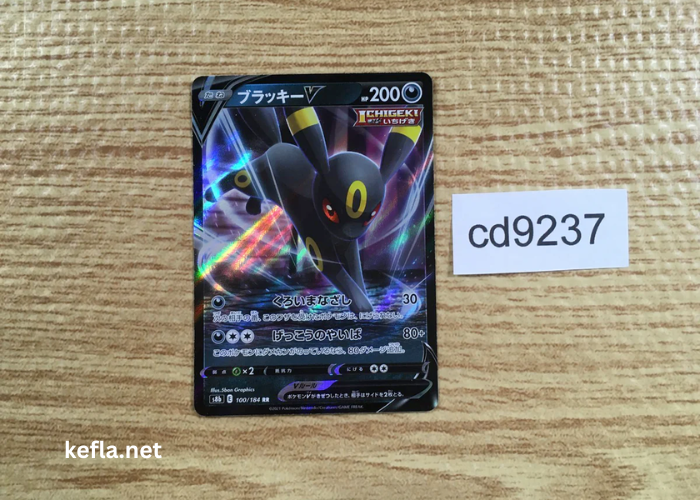Bergmite is a fascinating Pokémon, known for its distinctive Ice typing and powerful abilities. While not as popular as other Ice-type Pokémon like Glaceon or Lapras, it holds its own with unique traits and valuable combat potential.
Originating from the Pokémon franchise, Bergmite is often seen as a beginner-level Ice-type that evolves into a more powerful creature, Avalugg. Its design reflects the harsh conditions it lives in, with its cold, crystalline body, making it an intriguing addition to the Pokémon universe.
This article will dive deep into Bergmite’s powers, its role as an Ice-type Pokémon, and how you can use it effectively in battle. Whether you’re a seasoned trainer or new to Pokémon, understanding Bergmite’s strengths and weaknesses will help you appreciate its unique capabilities.
Key Points:
- Bergmite is an Ice-type Pokémon that can be a formidable opponent.
- It evolves into Avalugg, which has a tough, defensive nature.
- Its Ice-type moves can freeze and slow down enemies, giving an advantage in battle.
What Makes Bergmite an Interesting Ice-Type Pokémon?
Bergmite may appear simple at first glance, but it has some surprising features that make it an interesting Ice-type Pokémon. Being part of the Ice-type category gives it several offensive advantages in battle, especially against Dragon, Flying, Ground, and Grass-type Pokémon. These types are all weak to Ice-type moves, which can give Bergmite an upper hand in many battles.
However, it also has its drawbacks. As an Ice-type, it is particularly vulnerable to Fire, Fighting, Rock, and Steel-type moves. These types can deal heavy damage to Bergmite, making it necessary to strategize and choose the right team members for protection.
One of Bergmite’s standout abilities is Ice Body, which boosts its speed in hailstorms, making it faster when this weather condition is active. This synergy with hailstorms can help Bergmite overcome its weaknesses, creating opportunities for powerful offensive plays. Additionally, Bergmite’s ability to learn moves like Ice Fang and Avalanche gives it a solid offensive presence, enabling it to deal significant damage when needed.
| Ability | Effect | Example Move |
| Ice Body | Increases speed during hail | Ice Fang |
| Ice-type Moves | Strong against Dragon/Flying | Avalanche |
| Ice Defense | Resists certain moves like Fire | Ice Beam |
How Can You Use Bergmite in Battle?
Bergmite is best used in battles where you can capitalize on its Ice-type moves and defensive stats. It’s a solid addition to a team that focuses on setting up weather conditions, particularly hailstorms. By using its Ice Body ability to increase speed during hail, Bergmite can outpace many opponents, allowing it to strike first with powerful moves like Avalanche and Icicle Crash.
It’s important to note that while Bergmite may not have the best Speed stat on its own, its ability to move quickly during hail compensates for this. Additionally, its defensive stats, particularly its Physical Defense, allow it to take hits that many other Ice-type Pokémon would falter against. This makes it a great tank to absorb damage from physical attacks.
While its physical defense is good, Bergmite’s Special Defense and HP are not as strong, so it’s vulnerable to powerful special attacks. This is where strategic team-building comes in. You can surround Bergmite with Pokémon that can absorb Special-type attacks, allowing Bergmite to focus on dealing damage with its Ice-type moves.
Reminder: Pairing Bergmite with Pokémon that can set up hail or protect it from weaknesses can maximize its potential in battle.
What Are the Best Moves for Bergmite?
When selecting moves for Bergmite, it’s essential to focus on Ice-type attacks that take advantage of its high Attack stat. Avalanche is an excellent move for Bergmite, as it deals double damage if the user has taken damage during the same turn. This synergy with Bergmite’s tanking potential makes it a perfect move for it to counter faster opponents.
Ice Fang is another solid offensive move, capable of inflicting additional effects like freezing or flinching the opponent. It’s especially useful for giving Bergmite additional utility beyond just raw damage.
Hail is a key move that synergizes with Bergmite’s Ice Body ability. It causes a hailstorm to begin, which not only boosts Bergmite’s speed but also damages all non-Ice-type Pokémon every turn. This provides consistent damage over time, wearing down opponents while Bergmite capitalizes on its boosted speed.
| Move | Type | Effect | Power |
| Avalanche | Ice | Deals double damage if hit first | 60 |
| Ice Fang | Ice | May freeze or flinch opponent | 65 |
| Hail | Ice | Creates hailstorm, boosts Ice-types | – |
Reminder: Focus on using Bergmite’s moves that exploit its defensive strength and boost its speed in hail conditions.
How Does Bergmite Evolve and What Does That Mean for You?
Bergmite evolves into Avalugg at level 37, which significantly changes its role in battle. Avalugg retains the Ice typing, but its stats and overall survivability increase drastically. This evolution provides Bergmite with more bulk and greater offensive presence, making it a strong choice for any trainer who values Ice-type Pokémon with a solid defensive foundation.
Once it evolves, Avalugg’s physical defense becomes one of its standout features, and its Ice-type moves become more potent. It can also learn moves like Recover, which enhances its survivability even further. This makes Avalugg not only a formidable tank but also a threat with powerful offensive moves like Stone Edge and Earthquake.
While Bergmite serves as an early-game choice, its evolution into Avalugg makes it a great late-game Pokémon as well, offering a nice balance of offense and defense for your team.
Conclusion
Bergmite may start as a simple Ice-type Pokémon, but it has the potential to evolve into a powerhouse on your team. With a unique combination of decent defense, powerful Ice-type moves, and the ability to increase its speed in hail, Bergmite can become a formidable opponent when used correctly. It’s an ideal addition for trainers who want to make the most of hail-based strategies or who are looking for a strong defensive Ice-type Pokémon.
By understanding Bergmite’s strengths, moves, and evolutionary path, you’ll be able to use this Pokémon effectively in battle and set up your team for success. Whether you evolve it into Avalugg or use it in its original form, Bergmite is a valuable ally in any trainer’s collection.
FAQ’s
- What is Bergmite’s evolution?
Bergmite evolves into Avalugg at level 37, gaining more bulk and offensive capabilities. - What is Bergmite’s best ability?
Bergmite’s Ice Body ability increases its speed during hailstorms, making it faster than many opponents. - Can Bergmite learn any strong Ice-type moves?
Yes, Bergmite can learn powerful Ice-type moves like Avalanche and Ice Fang, which can deal heavy damage. - Is Bergmite a good choice for competitive battles?
While Bergmite may not be the strongest Pokémon, it can be effective in hail-based strategies and evolves into the formidable Avalugg. - What are Bergmite’s weaknesses?
Bergmite is weak to Fire, Fighting, Rock, and Steel-type moves, so it’s important to team it with Pokémon that can cover these weaknesses.





